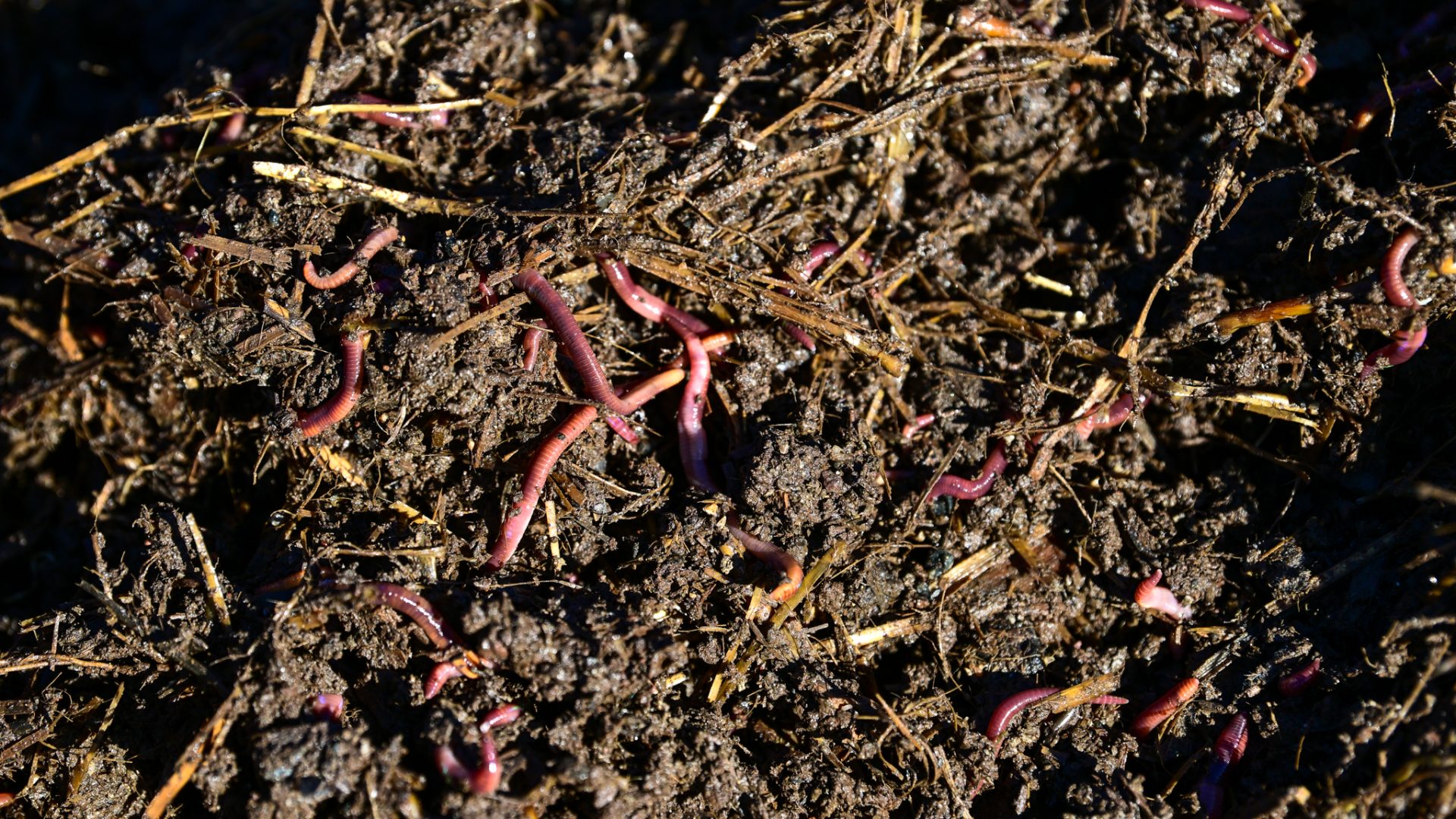Metabolites – A New Language for Next Generation Agriculture
No matter whether you are a conventional, regenerative or organic farmer, modern agriculture has a new language. This language extends beyond macro and micro nutrients, and beyond phosphorus, nitrogen, and potassium. Next-generation farmers will need to add new terms to their vocabulary, including primary and secondary metabolites, growth promotants and hormones, to name a few.
In this blog, we explore metabolites and why they are so important for the future farmer, who needs a diverse set of tools not only to survive, but to thrive in agriculture. Biology is the key for this toolbox.
Let’s look at primary and secondary metabolites and why it is so important to know what they are, what they do and how to get them.
What Are Metabolites?
Metabolites are compounds produced by living organisms as they carry out metabolism—the chemical and physical processes that break down food and liquid to create energy. Metabolism and the natural products (metabolites) it produces drive the essential functions that living organisms (animals, plants, and microorganisms) need to survive. Plants require inorganic nutrients, light, water, and carbon dioxide (CO2) to carry out metabolism1.
There are two types of metabolites: primary metabolites and secondary metabolites.
What Do Primary and Secondary Metabolites Do?
Primary metabolites are involved in the growth, development, and reproduction phases of organisms, whether they are microorganisms, animals, or plants. Primary metabolites are essential for the survival and existence of the plant2. Without primary metabolites, a plant would die.
Secondary metabolites, on the other hand, play a critical role in plant defense and resistance3. They include protection against pests and diseases, increased tolerance to drought and frost, nutrient transport, flavour, and aroma. They also include hormones and growth promotants that regulate metabolic processes in plant cells.
Examples of primary and secondary Metabolites4

Primary Metabolites:
- Carbohydrates – The primary energy source for plant growth and function.
- Proteins (including enzymes) – Have a variety of structural and functional roles.
- Fats – Used for energy storage and as structural components of plants.
- Amino Acids – The building blocks of proteins.
Secondary Metabolites:
- Antibiotics, Antimicrobials, and Antifungals – Assist with plant defense mechanisms.
- Flavonoids – Provide plant flavour for defense.
- Coumarins – Provide plant aroma for defense.
- Lignans – Assist in the chelation of minerals.
- Hormones – Assist with plant growth, development, and stress response.
- Pheromones – Assist microorganisms with communication and signalling.
Why Are Soil Microbes So Important to the Production of Secondary Metabolites?
All living organisms produce secondary metabolites, including soil microbes5. The secondary metabolites produced by microbes are diverse and play a critical role in supporting plant health and response to environmental conditions. These metabolites are more complex and have more modes of action compared to synthetic compounds used in pest and disease control on crops. It is nearly impossible for plants to become resistant to secondary metabolites due to their complexity and multiple modes of action, making biology a much more economical choice for plant protection.
Microbial activity is highest in the rhizosphere, the area of the soil where plant roots excrete their exudates (sugars) into the soil and feed the microorganisms. This area is a hotspot for secondary metabolite production5.
Utilising biology to optimise crop health and production will be key for future farmers to thrive in agriculture.
Examples of Microbes That Produce Secondary Metabolites in the Soil
- Pseudomonas (bacteria) – Their secondary metabolites protect plants from pathogens and produce antibiotics. Pseudomonas fluorescens displaces bacteria normally found on plant surfaces that initiate the formation of frost.
- Methylobacterium (bacteria) – Their secondary metabolites are involved in plant growth.
- Streptomyces (bacteria) – Produce secondary metabolites such as antifungals, antivirals, and antibiotics, protecting plants against pathogens.
- Lactic Acid Bacteria (bacteria) – Produce lactic acid that helps control harmful microbes.
- Gibberellic Acid (plants, bacteria, and fungi) – Assists in flowering and fruit development.
NutriSoil Is Loaded with Secondary Metabolites

As worms tunnel their way through the soil, they digest and convert waste and microbes into products that support soil and plant health. These products include both primary and secondary metabolites, which are essential for providing plants with the tools they need to respond to environmental stress.
Worms can be scarce in soils depleted of organic matter. However, NutriSoil’s unique vermiculture recycling system has harnessed the biological power of the worm. NutriSoil products allow farmers to reap the benefits of microbes and metabolites while they replenish their worm stocks.
Studies conducted by independent laboratories have identified that NutriSoil Biological Solution contains a wide variety of microbes (especially bacteria) and is loaded with secondary metabolites and other compounds critical to plant health.
Using NutriSoil as an inoculant at sowing and as a foliar application can help supply secondary metabolites and microbes directly to your plants.
Speak to the NutriSoil team about how you can start to build your soil biology to increase your secondary metabolites. The team can help you navigate the language of modern farming to improve plant health and their ability to respond to environmental stresses.
References

